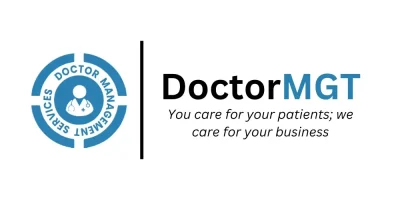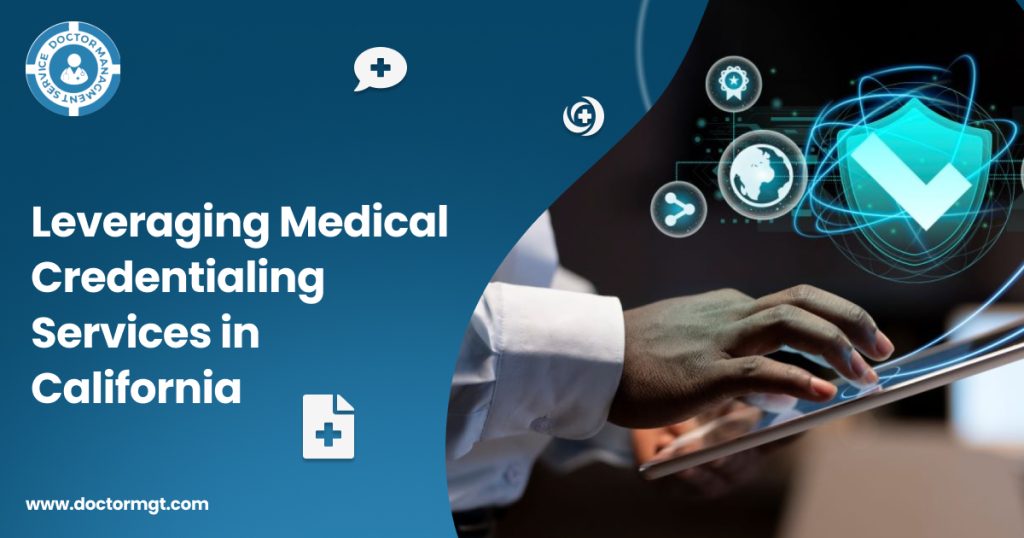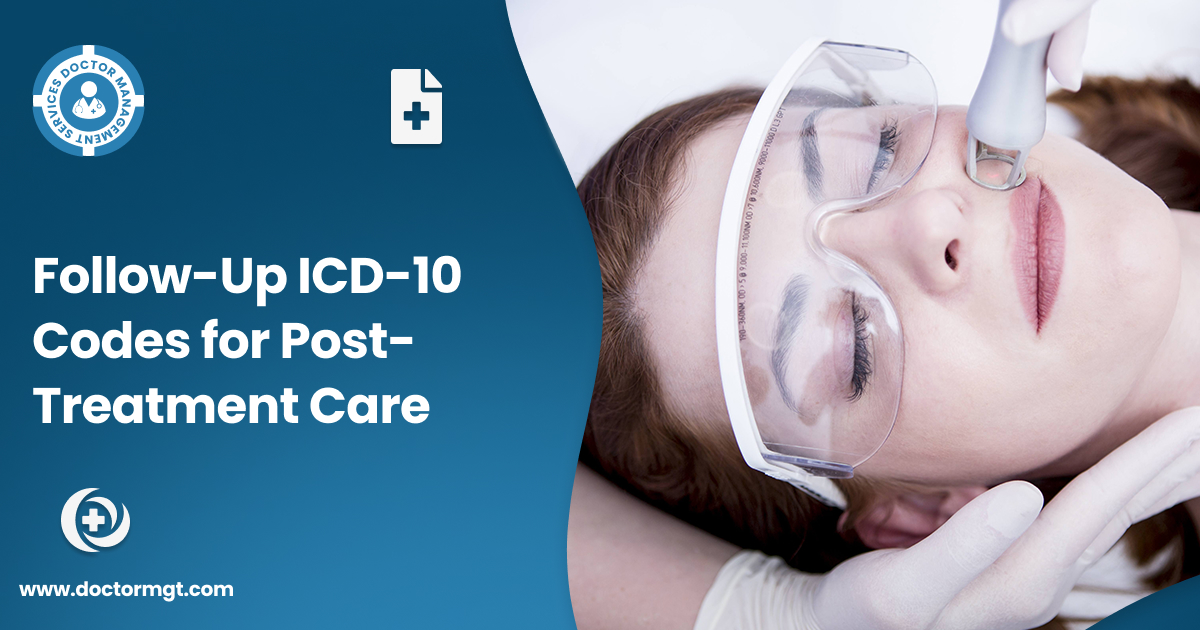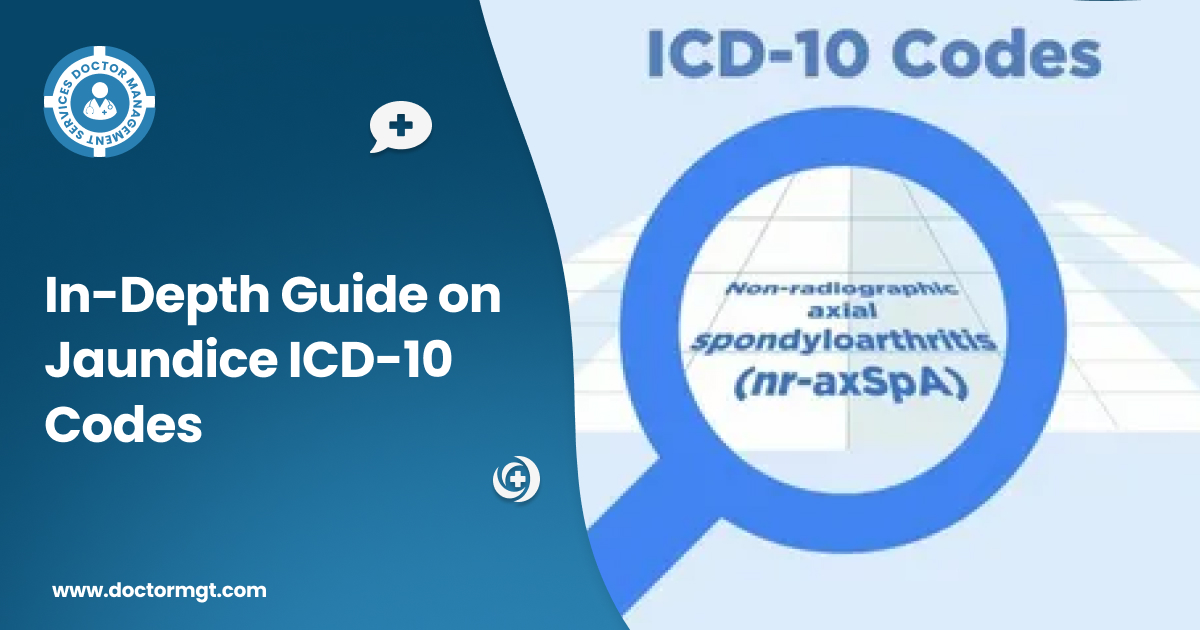Any profession related to the healthcare field is susceptible and demands an immense sense of responsibility from providers. Hence, state medical boards regulate this entire process and ensure that all practicing physicians have appropriate education and training. Moreover, they abide by defined benchmarks of professional conduct while serving their patients.
Getting a license to practice in the USA is a rigorous process. Especially California, as it is known for being ‘extra’ when considering medical credentialing services. California tops the charts of licensed doctors in the US; that’s the reason behind the high volume and longer wait for both credentialing and re-credentialing.
The primary goal of credentialing is to ensure that physicians meet already-defined standards so the patients can count on them. Let’s dive deeper into provider credentialing in the context of California
Unique Medical Credentialing Challenges in California
Medical credentialing is not a peanut in California, it experiences some unique challenges. Some of the common challenges are as under:
Backlogs
Medical credentialing in California can be extremely stressful due to the lack of control over the state’s healthcare provider population, which leads to enrollment application backlogs. Credentialing a new provider can take between 4 to 5 months solely because of this backlog.
Physical License Only
California presently issues physical licenses only to practitioners. Holders of this wallet-sized license must scan, photocopy, or take a photo for credentialing or verification. The copies are frequently unclear and/or difficult to read, which makes the credentialer’s task much more difficult.
California Medical Board Regulations
Credentialing requirements set by the California Medical Board are very stringent to ensure that there are acceptable healthcare facilities for all citizens. It can be anything from criminal background checks, employment documentation for confirmation of educational attainment and training as well as credentials in professional experience.
AB 5 and Credentialing Implications
Assembly Bill 5 (AB 5) redefined many independent contractors as employees, which may affect credentialing in telemedicine and part-time workers. Knowing to what extent this law influences the employment status of a student, as well as the recognition of their credentials is important.
Telemedicine Credentialing
California has standard protocols that dictate that the providers who will be practicing telemedicine must be licensed in the state of the said patient. It is essential to confirm that your telemedicine credentials meet California requirements as the practice progress continues.
NPPs (Non-Physician Practitioners) Credentialing
California has specific laws and scope of practice requirements for nurse practitioners, physician assistants, and other NPPs when it comes to credentialing. It is critical to track down new rules and regulations and to make sure the practice is following them to avoid disruptions.
California’s Privacy Laws
The credentialing process involves amassing different forms of all patients, including personally identifiable information and hospitals must abide by laws such as the California Consumer Privacy Act (CCPA) therefore, healthcare professionals need to keep on their toes about how they handle and protect such data. As per CCPA, there are higher standards for securing a patient’s information, therefore healthcare professionals need to ensure that during the credentialing process, they take the necessary measures to protect this information.
Steps to Completing Provider Credentialing in California
Here are the general steps involved in completing the credentialing process in California:
- Set Up Online Portals.Ensure that the provider’s CAQH profile is up to date, and if the provider intends to enroll in Medicare and the state’s Medicaid program, known as Medi-Cal, set up those portals too.
- Primary Source Verification: California sets certain criteria that payers also must fulfill. So, to verify the veracity and accuracy of the credentials and documentation given by the provider for enrollment, primary source verification requires being in touch with the sources, which can be universities, licensing authorities, and certifying agencies.
- Verify Provider’s Experience & Reputation: To get an insight into the practitioner’s standing and experience in the medical community, one must confirm the provider’s employment history and make sure any pauses in employment are no more than 30 days.
- Background Checks: Thorough background checks assist in excluding any records that could raise red flags, like as disciplinary actions, malpractice claims, criminal histories, or other records.
- Payer Enrollment: Providers have to enroll with all payers they accept insurance from before they begin treating patients. In the initial phase of credentialing, enrolling with 5 to 10 payers per provider can be a tedious and time-consuming task.
- Privileging: Privileging is the process of collecting and reviewing a provider’s documents to evaluate whether or not they are qualified to give care to patients at a specific facility. Before beginning to practice, all physicians must first get privileges at the facility where they will see patients.
Credentialing in California: Tips for Faster Enrollment
Numerous factors can affect how long it takes credential providers in California. In general, providers should plan for at least a few months to conclude the credentialing procedure from beginning to end. The provider’s specialty, the number of providers, and the effectiveness and completeness of documentation all have a significant impact on the precise time frame.
- Get Started Right Away: It is important to start gathering documentation as soon as possible because medical credentialing in California can take longer than typical. If the provider is enrolling with Medi-Cal, you should also urge them to establish a PAVE portal (Provider Application and Validation for Enrollment). Early credentialing will also help you identify any issues or warning signs before they arise throughout the process.
- Make Documentation Easier: Requesting digital documentation is far more convenient for both you and the supplier than collecting a paper credentialing packet. Credentialing software allows providers to submit documents securely to an internet portal.
- Establish State-Specific Procedure: Every payer in California must adhere to state-specific regulations. Comprehending this procedure and generating checklists for every payer will enable you to complete medical credentialing in California somewhat faster. If the credentialing specialist leaves the office or moves on, a procedure (workflow) guarantees continuation.
- Reminders and Notifications: Because credentialing in California might take some time, it is extremely necessary to set reminders for follow-ups. There will most certainly be a lot of back-and-forth while checking information, so set reminders for each extra step necessary to finish the task. Credentialing software can automate these reminders, ensuring you don’t miss any processes or deadlines.
Hence, it is advisable to hand over these tedious tasks to their expert Insurance Credentialing Services for a faster and better process.
Here is more information: 99199 cpt code





